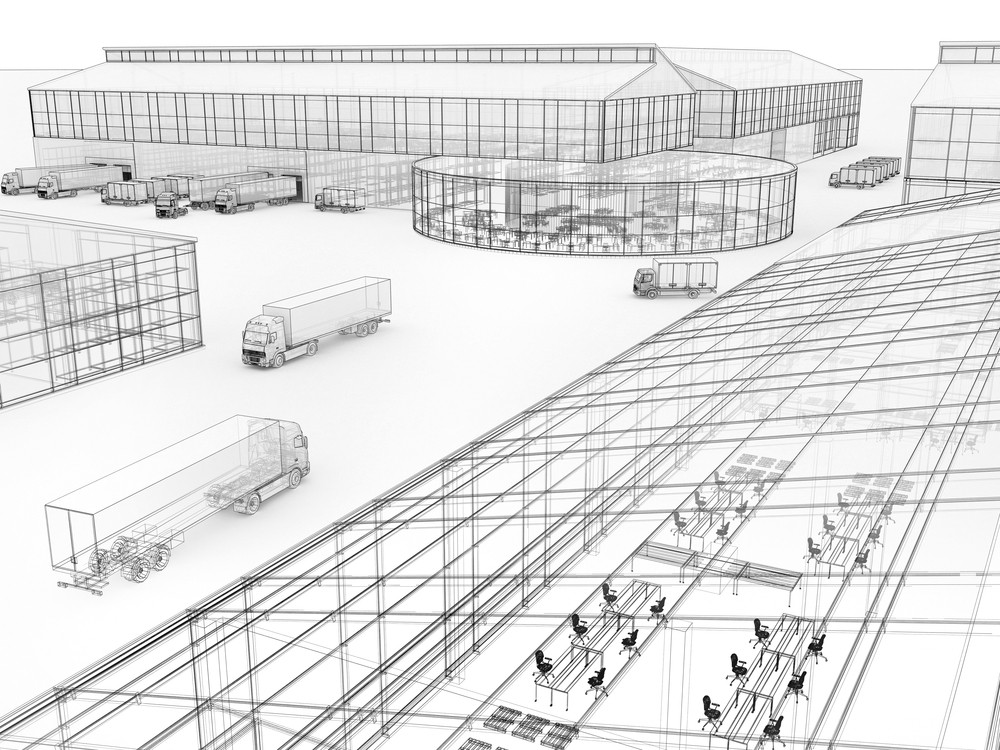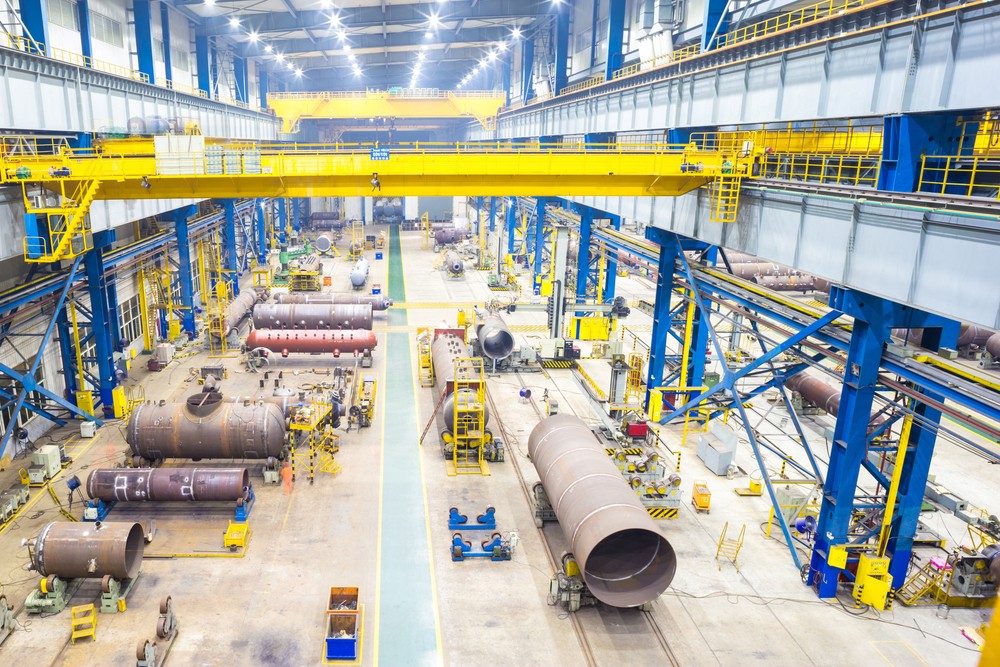How are These Common Sources of ‘Invisible Waste’ Affecting Your Factory?

There’s a lot about your factory’s operations that are hidden. Invisible. There’s even a Lean manufacturing concept called the hidden factory, meant to bring attention to the idea that what you can observe isn’t always indicative of how your factory really works. That’s especially true when it comes to waste. The factory waste you can see and account for is one thing. What you can’t see, you can’t account for — but that doesn’t mean it’s not there.
The hidden factory
The hidden factory concept is meant to stimulate our thinking about what exactly waste is and where it exists beyond our immediate line of sight. It’s easy to identify the eight wastes of Lean manufacturing — we’re trained to see them and formulate ways to remove them. But what about wastes beyond those?
Consider the process you have for lubricating a machine. It’s an easy-to-follow, innocuous process that anyone can do. But is everyone doing it the same way? If not, this is a hidden waste that spawns fixable issues. It’s a hidden waste because it’s not something you readily see unless you’re looking for it.
You can train people on the same process and they may deviate from it over time. You can look at a lubrication log sheet and still not see it. Hidden waste remains hidden until you look for it. In this case, literally watching how every person lubricates the machine.
Common sources of invisible waste
The best way to uncover hidden waste is to pay close attention to areas where there’s an absence of visible waste. It’s similar to how scientists use an absence of matter to identify black holes in space. In the factory, black holes — the absence of waste — are more than likely where you’re overlooking waste. Some common examples include:
- Old processes that still work, but haven’t been vetted in years.
- Incorrect conclusions from Failure Mode and Effects Analysis (FMEA).
- Accepted variances that automatically build in tolerance for waste.
- Variable processes that send waste further down the value stream.
Hidden waste is overlooked either because it doesn’t appear as direct waste or can’t be directly connected to waste. There’s an extra step that needs to be taken to uncover it, and until factories do, these wastes will persist.
How to spot and stay on top of hidden waste
To shine a light on your hidden factory and the unseen waste that comes with it means investing in practices that may seem like waste in and of themselves. It seems counterintuitive to vet a process that works or adjust tolerances for waste that are already accounted for, but these steps will open the door for identifying hidden waste.
A great example is holding excessive stock. These items are already in inventory and may be well-maintained. The waste isn’t in how they’re managed — it’s in having them. Evaluating your need for that inventory may show you that you need two-thirds of it, allowing you to re-tool ordering and inventorying to a more low-cost, efficient method —thereby eliminating a hidden waste: excess inventory costs.
Addressing hidden costs and accepting the cat-and-mouse game of finding them adds up to a leaner factory. In eliminating these unseen wastes, you’re lowering the cost of poor quality (COPQ) and maximizing the efficiency of your factory.
